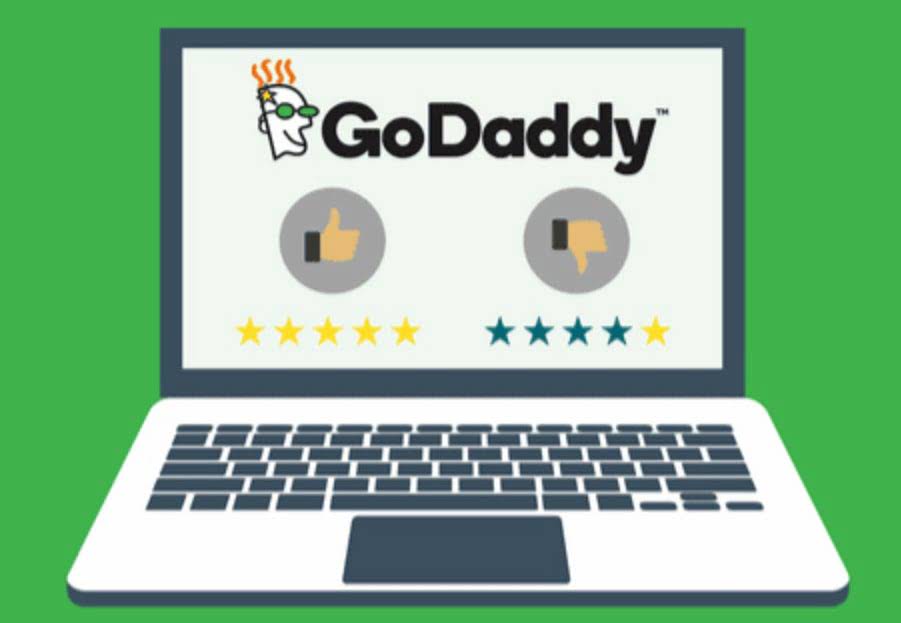14 Jul Accounting for Retail Business: An Ultimate Guide

Using weighted averages to find the inventory value is helpful to stores that sell a variety of items at different prices. This method of accounting is useful in determining the percentage markup of sold items as a way to figure out how much inventory is left based on the number of items sold. To display how retail accounting performs, let’s say you own a hardware shop with a thirty percent markup on all articles. This quarter, you closed $50,000 in deals and purchased $5,000 worth of new stock. You have to manage various things and ensure all tasks are carried out as smoothly as possible. Between managing the inventory, keeping a record of the finances, and invoicing, there are way too many tasks that have to be completed for your retail store to run successfully.

Calculating Diluted EPS Using the Treasury Stock Method
As a result, retail accounting provides 3 ways to assign value to inventory. Retail businesses present distinct difficulties, especially when it comes to retail accounting. As a retail business and store, you need to have a separate account for the retained earnings. You can think of the retained earnings as a savings account for your business, and you can use the amount you have included over time and invest it in your business again to get even better outcomes. On the other hand, in a periodic system, inventory quantities and values aren’t tracked daily.
Retail Store Accounting Methods 101
This creates simplicity in data entry and the preparation of financial statements, thus giving people time to plan business activities and work on the day-to-day operations. Retail accounting is a peculiar type of inventory valuation popularized in many retail establishments as a way of simplifying financial tracking in accounting. Though retail in its name, this specialty empties all preconceptions about traditional accounting Record Keeping for Small Business principles. In retail accounting, you estimate your inventory’s value rather than calculate it manually.
Calculate the Ending Inventory at Cost
Whether you choose the retail method, FIFO, or LIFO, maintaining accurate inventory records and embracing technology for tracking can make a significant difference. Remember, the key lies not only in selling products but also in managing your finances wisely. As you implement these accounting practices, you’re not just ensuring compliance; you’re building the framework for sustained growth and profitability in the competitive retail landscape. Retail accounting simplifies the process of monitoring inventory costs compared to other methods.
Post navigation
- The small business owner often operates wearing many hats related to operations, sales, and finance.
- The Internal Revenue Service allows retail businesses to use either the direct cost method or the retail inventory method for tax-reporting purposes.
- When doing retail accounting, there are a couple of different inventory valuation methods.
- The daily juggling of sales, payroll processing, inventory management, and tax returns is just the tip of the iceberg on a new retailer’s responsibilities.
- Using the LIFO inventory costing method means you assume the items purchased recently are the first ones sold.
- QuickDice ERP is not just a software solution; it’s a testament to the power of collaboration and innovation within our local business community.
This number shows the in-between of how much the business paid for purchased inventory and the selling price. As with any accounting method, the retail method of accounting has its disadvantages. This inventory valuation technique averages the cost of all items without worrying about the order in which the inventory was purchased.
Alternatives to retail accounting
Unless you prefer to calculate inventory manually, the best way to track the inventory in stock is with the perpetual method. This method allows you to keep track of the items you sell as changes occur with a fully integrated point-of-sale (POS) system. For example, if a grocery store consistently marks up items by 50% of the wholesale price, this method is effective. However, if the markup percentage varies greatly, such as 10%, 25% or 40%, then it’s more difficult to use the retail method accurately.

- Inventory is actually considered an asset — something your business owns, which is recorded on your business’s balance sheet — until you sell it or account for it as shrinkage from theft or damage.
- Conventional payroll processing methods often involve a great deal of paperwork, which is time-consuming, cumbersome, and prone to errors.
- Imagine your retail business selling various types of yarn and knitting accessories, with each fiber type and knitting needle set priced differently.
- In fact, KPMG LLP was the first of the Big Four firms to organize itself along the same industry lines as clients.
- Everything from inventory tracking to sales margins and expense management contributes to the success of your Retail Businesses.
Many, or all, of the products featured on this page are from our advertising partners who compensate us when you take certain actions on our website or click to take an action on their website. “Across the board, what we really like about it is the fact that we’re able to arrange our products and organize our products nicely in Lightspeed,” co-owner Ben Nourse says. When you face excessive shrinkage rates because of factors like theft or damage, that can result in inventory undervaluation. Now you have all the figures you need to calculate the value of your inventory at the end of Q1.

To overcome this challenge, retail businesses need to prioritize the regular reconciliation of their financial statements. This can help them maintain an accurate and up-to-date record of their financial transactions, which is crucial for making Online Accounting informed business decisions. Additionally, leveraging technology and automation tools can help streamline the reconciliation process, reducing the time and effort required while also improving accuracy and consistency. The complexity of bookkeeping can be challenging for companies engaged in multi-channel sales or managing multiple physical stores. Here, the advantage of retail accounting is that it reduces the need for frequent physical stocktakes and potentially cuts costs. Accounting is a pivotal aspect of managing retail businesses, focusing on precise tracking of finances and a keen eye on inventory costs.
- This time, however, because of inflation, the wholesale cost of these french presses is $15 dollars each.
- It provides you with all the retail accounting solutions and helps you create a more efficient workflow.
- This inventory valuation technique averages the cost of all items without worrying about the order in which the inventory was purchased.
- There’s really no way of knowing which balls were purchased at which price, and so the retailer will take a weighted average and spread the average cost over all the existing inventory.
- It requires a meticulous approach to managing finances and adhering to both the United States and IRS guidelines.
You also make the accounting for retail assumption that all units of the same item will have the exact pricing, price changes, and price change rates. Charlene Rhinehart is a CPA , CFE, chair of an Illinois CPA Society committee, and has a degree in accounting and finance from DePaul University. If you buy goods for $70 and sell them for $100, your cost-to-retail ratio is 70 percent. For example, your business purchased 30 basketballs for $5 each, then at a later date, you purchased 20 more basketballs, but for $6 each.




No Comments